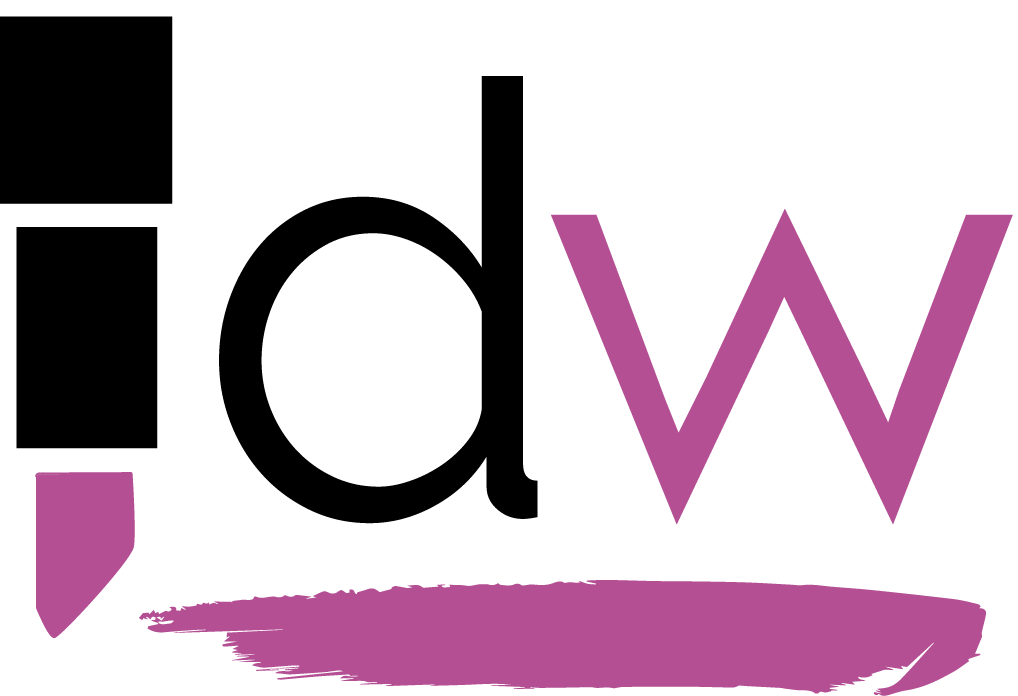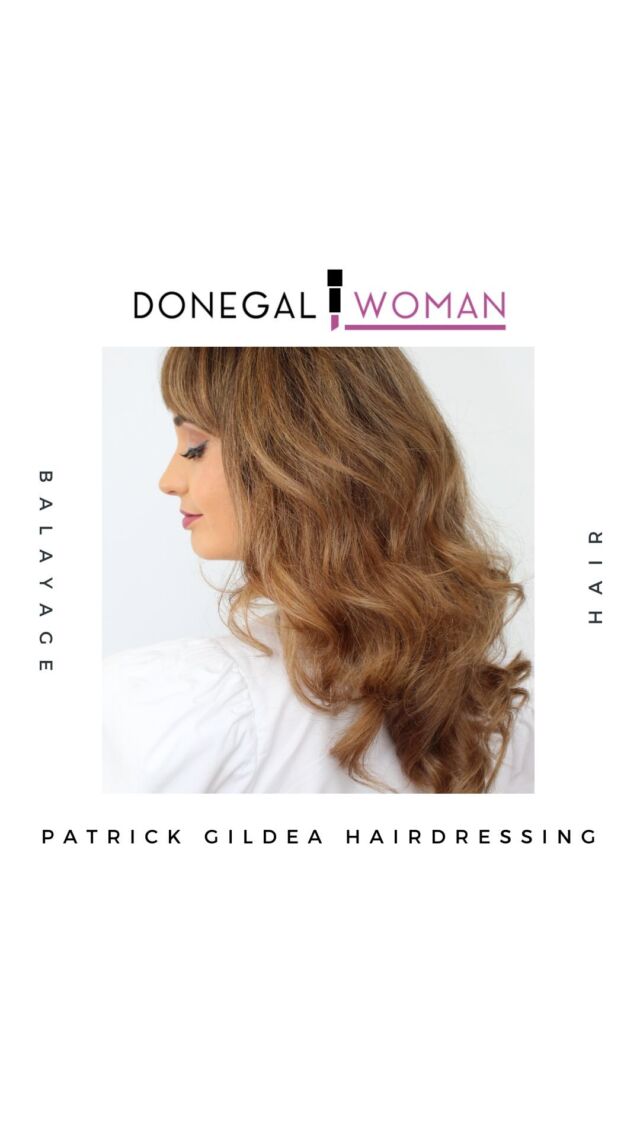Beautician Lorraine Quinn explains the causes of adult acne, how to treat it and how to keep it at bay.
‘Adult Acne’ is the term used to describe the growing phenomenon of people in their late 20s, 30s and even 40’s and 50’s getting spots.
80% of those with ‘Adult Acne’ are thought to be women and this has been blamed on changes in hormone levels raised by stress, switching or stopping the contraceptive pill, menopause and lifestyle factors, including diet.
‘Adult Acne’ is no different to the acne that teenagers get and can be equally damaging psychologically.
The Possible Causes:
- Your hormones may be to blame.
Fluctuation in hormones, such as before your menstrual cycle, is the main cause. Specifically, androgens (male hormones) like testosterone. This usually rears its ugly head in the form of deep (painful) cystic acne around the chin, neck, and back.

- Stress could be an extra (and very influential) driving force.
Another source of hormonal changes is stress. Whether you work full time, are a full-time Mum, or juggle both, chances are, your stress levels are high.
When you’re stressed, you have an organ called the adrenal gland that makes the stress hormone cortisol, and puts it out into the body to help the body deal with stress.
Unfortunately, a tiny bit of testosterone leaks out with it, and for women this male hormone can drive the oil glands to produce more oil.

Stress
- Pollution isn’t helping your case either.
Air pollution deposits layers of dirt on your face, especially if you live in a city. If you were to walk around outside for a half hour, come home and wipe your face with a face wipe, you will see what colour it is.
- You may be using the wrong products.
If you have oily or combination skin and are prone to breakouts, you should be using skin-care products labelled oil-free, non-comedogenic or water-based. Just one of these will ensure that the lotion you’re slathering on isn’t going to clog your pores and make matters worse.
- You’re cleansing too frequently and intensely.
Over washing your face can make acne worse, cleansing more than twice a day is too much and can just dry out skin, which can cause your skin to produce more oil to overcompensate.
- Specific foods may or may not have an effect.
We’ve all heard the foods that allegedly cause acne such as chocolate, fried foods, pizza, caffeine, nuts. However, this has not yet been proven to cause spots and breakouts , but there are always exceptions.
If you break out when you eat chocolate, don’t eat chocolate. Same with dairy, which again, has been shown in some cases to have an effect but no concrete cause-and-effect relationship exists.
The one food recommended to avoid is iodine. Iodine causes acne in everyone if you eat enough. You can find it in shellfish, like lobster, prawns, crab and some greens like kelp and spinach.
The difference between iodine and those other “acne-causing foods” is that iodine builds up over weeks and months before it starts to affect skin.

- Your sweet tooth may cause a skin problem.
Another potential skin saboteur is sugar, because it raises your insulin level. More and more evidence shows that insulin may boost those oil-triggering male hormones. Stick to low-glycaemic foods, ones that have complex carbs like whole grains, which break down slower in the body and cause less of an insulin spike.
The Treatments:
Salicylic acid is the gold standard of acne treatment. Salicylic acid is both highly keratolytic and comedolytic and is oil-soluble which can penetrate, polish and clear inside the pore. When used regularly, salicylic acid not only unclogs pores and helps clear acne, but it also prevents new acne and blackheads from forming.
Benzoyl peroxide works by actually killing the acne bacteria, while exfoliating the pores at the same time. It’s not so gentle and can make skin really dry and irritated if you use too much. Stick to spot-treating with this one.
Sulfur draws oil out of skin and has a drying effect, making it another great spot treatment. You’ll also find it as the active ingredient in some face masks.
Glycolic Acid is an alpha-hydroxy acid and an exfoliating ingredient that targets both acne and wrinkles at the same time. The same way it helps acne, it helps wrinkles by removing dead cells on the surface. If you have effective exfoliation, you’re stimulating collagen and hyaluronic acid, this will help improve your skin’s texture and reduce fine lines and wrinkles while also clearing up breakouts.
Retinol is a vitamin A derivative, which the skin absorbs and converts to retinoic acid. Retin-A is the prescription form. Topical retinoids are fortunately one of the most effective treatments for acne, and also happens to be a highly effective antiaging ingredient, because of its collagen-building properties. The biggest downside is they’re harsh and can sometimes be too much for sensitive skin.
Prevention:
- Exfoliation is key and something you should do more regularly.
Exfoliation is the most important thing you can do on a regular basis to be fighting acne both in terms of preventing it and treating it.
- Always keep a spot treatment handy.
Spot treatments are key for treating a pimple ASAP. Benzoyl peroxide is often vilified for being harsh, but when it comes to really zapping a zit, it should be your best friend. Just dab it on the trouble spot to dry it out and kill bacteria.
- Look for products that also fight inflammation.
Inflammation is always involved when you have a breakout, causing that swelling and redness, which we all work hard to cover up with our best concealer. I would recommend a Skin Repair Treatment which is rich in antioxidants that help calm down irritation.
- You may need more than just topical treatments.
Hormones are ruthless, and all the topical treatments in the world won’t make a difference if yours are seriously out of whack. In that case, you need to fix things internally first. I would recommend a visit to your GP to see what works for you.
- Never try to extract cysts on your own.
Those big, painful spots will leave a scar if you pick and prod at them, the only way to reduce it quickly is to drain it, and that’s not a DIY deal. The reason they’re painful is because quick expansion stretches the nerves.
- Acne Scarring.
Scars that are indented aren’t going to go away on their own and most likely need professional treatment. Talk to us about a course of Skin Microneedling with proven results to eliminate acne scarring.

Microneedling
Treatments for Acne:
Acne and the scarring that go along with this condition can be treated with an array of products. Some products can do more harm to the skin than good. There are products on the market that temporarily help the skin but then once you cease using them the skin erupts worse than ever!

Our Elements of Evolution Treatment for Acne & Scarring:
This is an 8 week treatment combining facial therapy & Microneedling which will produce outstanding results! It is a medium chemical peel and a rapid skin cell rejuvenation therapy at the same time. This course will treat acne, acne scarring and control oiliness.
The treatment is used in conjunction with a daily skin care regime.
 Ask us today how we can improve your skin (074) 91 30446
Ask us today how we can improve your skin (074) 91 30446
https://www.facebook.com/beauty.at.the.lodge.ballybofey/
Lorraine x





































